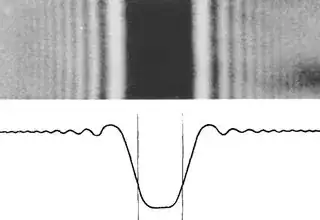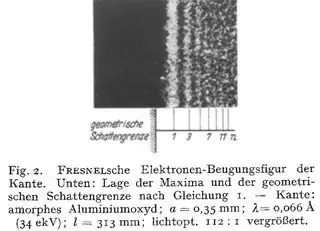If there is a detector at one of the slits, it corresponds to a measurement with the associated eigenvalues, say, $1$ (the particle passes through the given slit) and $0$ (the particle doesn't pass through the given slit). Now if there are two other slits, the eigensubspace corresponding to the eigenvalue $0$ would be two-fold degenerate corresponding to the states of particle passing through slit $2$, slit $3$, and superpositions thereof.
Thus, if the detector measures $1$ then the particle would not be in any of the "slit-superpositions" and wouldn't interfer with itself. It simply go to the screen and produce a diffraction pattern. But if the detector measures $0$ then the degeneracy of the eigensubspace will make sure that the particle would still be in a superposition of going through slit $2$ and slit $3$ and thus, it would interfere with itself and produce a double-slit interference pattern on the screen.
So when you do the experiment, the end result would be that the pattern on the screen would be a simple summation of the double-slit interference pattern corresponding to the slits without detectors and the diffraction pattern corresponding to the slit with a detector.
I'll leave the generalization of this to you which should is easy enough. :)

